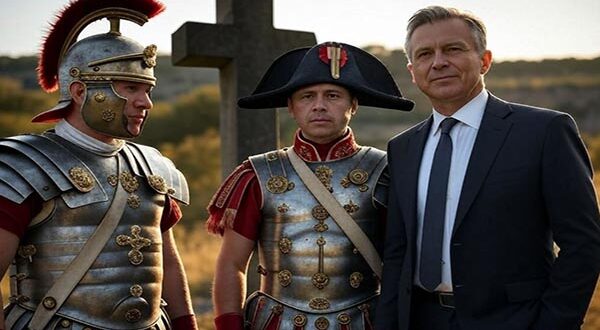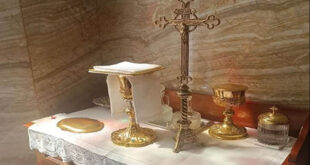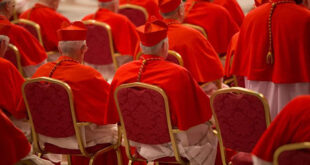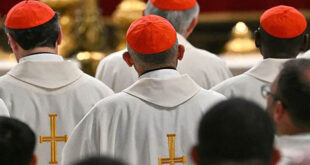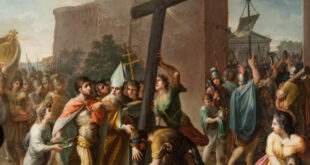Introduction: The Paradox of the Church’s Permanence
In a world where empires, ideologies, and religions have risen and fallen, the Catholic Church endures. Two thousand years of history, persecutions, heresies, scandals, and revolutions have failed to extinguish it. Critics point to the sins of some of its members, human errors, and dark moments as “proof” of its falsity. But if the Church is so corrupt, so mistaken, so unworthy… how is it still standing when all its enemies have disappeared?
The answer is simple, yet critics ignore it: the Church is divine. Its survival cannot be explained by political skill, military strength, or worldly adaptation, but by God’s Providence.
1. The Prophecies That Foretold Its Eternity
From the beginning, Christ promised that His Church would never be overcome:
“And I tell you, you are Peter, and on this rock I will build my Church, and the gates of hell shall not prevail against it.” (Matthew 16:18)
Jesus did not say that the Church would be perfect in its members, but that evil would not destroy it. Throughout history, many have tried to wipe it out:
- Roman emperors persecuted it for centuries (Nero, Diocletian).
- Barbarian hordes ravaged Europe, yet ended up converting.
- Schisms and heresies (Arians, Protestants, Modernists) sought to divide it, but its doctrine endured.
- Anti-Christian regimes (French Revolution, Communism, Nazism) attempted to eradicate it, but failed.
If the Church were merely human, it would have vanished like the Roman Empire or the Soviet Union. But God keeps His promises.
2. The Church Survives Despite Its Sinful Children
One of the most common arguments against the Church is the moral weakness of some of its members: corrupt popes, scandalous clergy, hypocritical laity. Yet this, far from disproving its divine origin, confirms it.
- Judas was a traitorous apostle, yet Christ did not abandon the remaining eleven.
- Peter denied Jesus three times, yet was forgiven and became the first Pope.
- Corruption in the Middle Ages did not prevent saints like Francis of Assisi or Dominic from rising.
The Church is holy in its doctrine and mission, but made up of sinners in need of conversion. As St. Augustine said:
“The Church is like the moon—it may have spots, but it still reflects the light of the Sun, who is Christ.”
3. Divine Providence in Critical Moments
Throughout history, when the Church seemed on the verge of collapse, God intervened miraculously:
- The Avignon Papacy and Western Schism (14th century) divided Christendom, but St. Catherine of Siena helped restore unity.
- The Protestant Reformation (16th century) swept through half of Europe, yet the Counter-Reformation arose with saints like Ignatius of Loyola and Charles Borromeo.
- The French Revolution (18th century) sought to erase Christianity, yet the Church resurged powerfully in the 19th century.
Coincidences? No. It is the hand of God guiding His Church.
4. The Answer Critics Refuse to Hear
The Church’s enemies focus on scandals because they have no answer for its supernatural endurance.
- If the Church were a fraud, it would have been forgotten like other ancient sects.
- If it were merely a human power, it would have fallen like all empires.
- If it were Constantine’s invention (as some claim), how did it outlast Rome’s fall?
The only logical explanation is that Christ founded it, and the Holy Spirit sustains it.
Conclusion: The Church is Indestructible Because It Belongs to God
The next time someone says, “The Church is full of sinners,” respond:
“Of course—and that’s precisely why it’s still here: because it doesn’t depend on us, but on God.”
Two thousand years of internal and external attacks have failed to destroy it. And they never will.
“Heaven and earth will pass away, but my words will not pass away.” (Matthew 24:35)
The Catholic Church is the only institution in history that has defeated death for 20 centuries. And that, dear reader, is not man’s work. It is God’s.
Long live Christ the King! Long live His Church!

